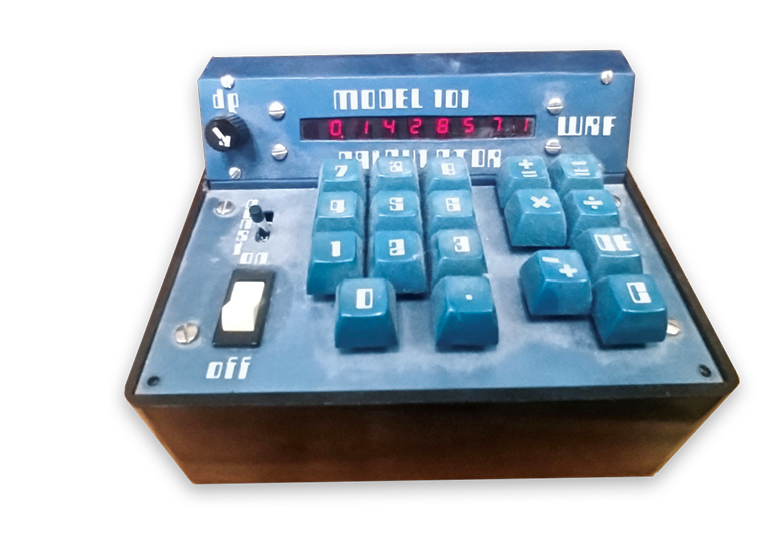What's the Coolest Thing in Your Office?
In this issue, we introduced a new regular feature called “Inside Look,” in which we ask faculty members to tell us about some of the unique items they keep in their office. What is the most interesting thing you keep in your own office or workspace, and what is the story behind it?
Credit: Jesús Maíz Apellániz (BS ’89)
In my first year at Caltech, I bought a red stapler at the Caltech Bookstore. Almost four decades later, I still keep it in use at my office. Years after graduation, when working with Hubble Space Telescope images as an astronomer at the Space Telescope Science Institute, I discovered a nebula and christened it “the stapler nebula” to honor the device it resembled.—Jesús Maíz Apellániz (BS ’89), MAJADAHONDA, SPAIN
Credit: James Stana (MS ’74)
A brass-cast bulldog paperweight given to me by my father when I toured his Walworth Valve factory and foundry in high school. I keep it in my workshop as a reminder of his journey from high school to self-taught industrial engineer with no degree. Because he was never able to go to college due to family financial limits, he made sure all five of his kids got to graduate from college.—James Stana (MS ’74), MOUNT DORA, FL
Credit: William Frensley (BS ’73)
A digital calculator that I built in spring 1972. I had been an electronic hobbyist since junior high school, and when the first Texas Instruments digital calculator chip became available, I bought one, along with eight Monsanto MAN-1 LED 7-segment displays. I also submitted this as a hardware project for the computer design course I was taking.—William Frensley (BS ’73), RICHARDSON, TX
Part of a shoe shiner’s stand is in my studio. My great-grandfather, Giuseppe Galante, arrived here from Italy at age 16 and spoke no English. He shined shoes for a living, as that was what was available to him. This stand helps me remain grateful to my ancestors, as their hard work yielded a world of opportunity for me.—Cheryl Forest Morganson (BS ’02), CHAMPAIGN, IL
A braiding of four strands where each interchange is adjacent. It was long conjectured that any number, “n,” of strands could be braided in that way. The problem was solved in 1993.
—S. Gill Williamson (BS ’60), DEL MAR, CA
Two envelope-sized acrylic blocks with preserved brain and heart specimens adorn my desk. What drew me in was how simplistically it displays the driver for some of our greatest complexities. It’s as though life’s secrets are exposed to me every day as I work at my desk!
—Tara Gomez-Hampton (PhD ’11), PASADENA, CA
Credit: Tara Gomez-Hampton




